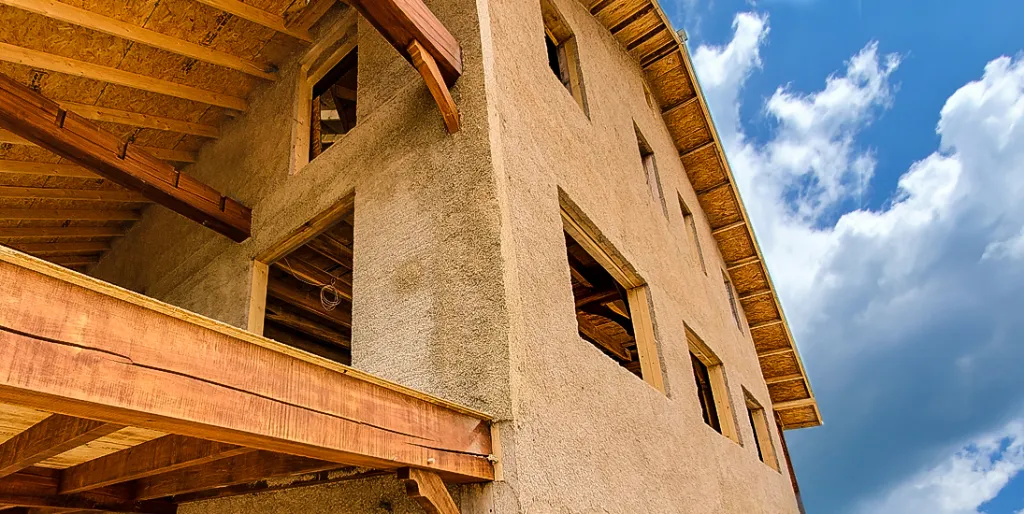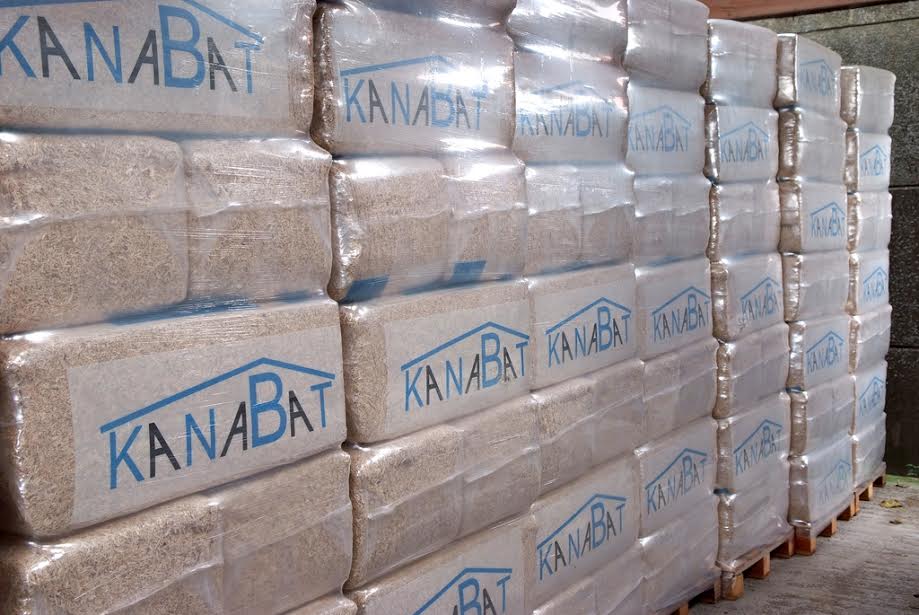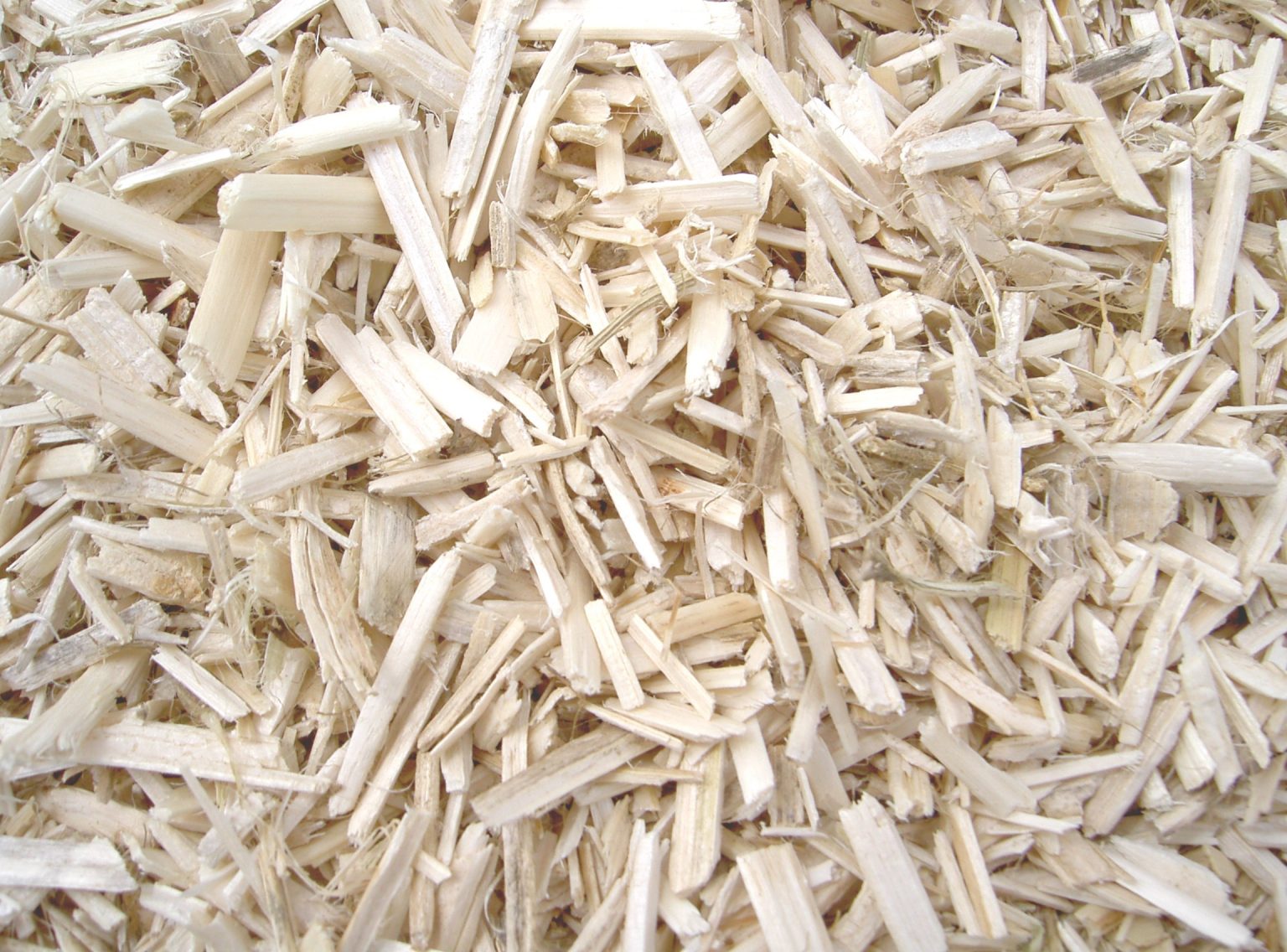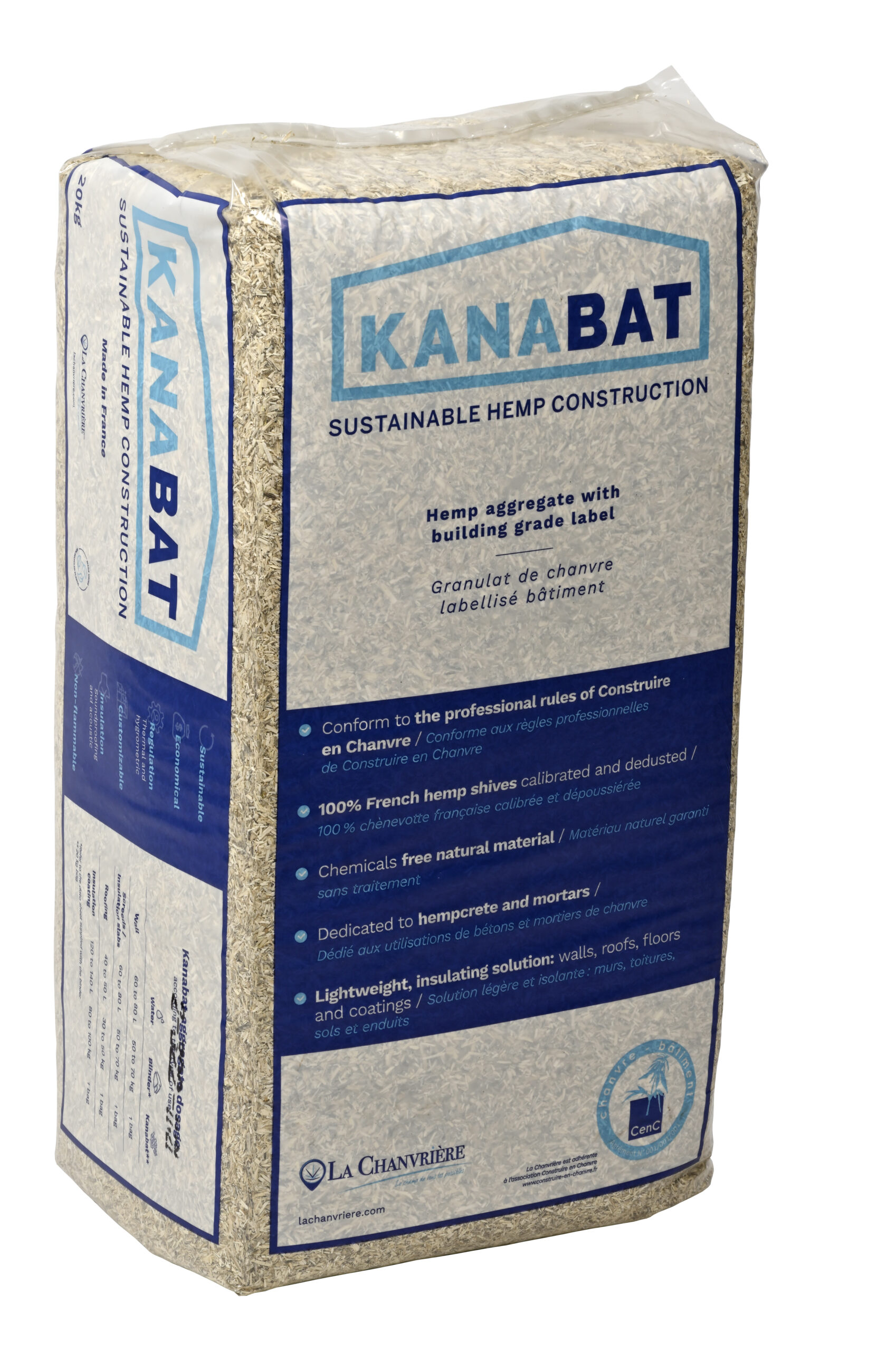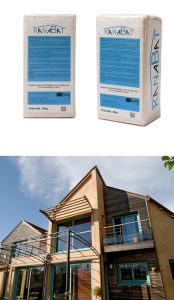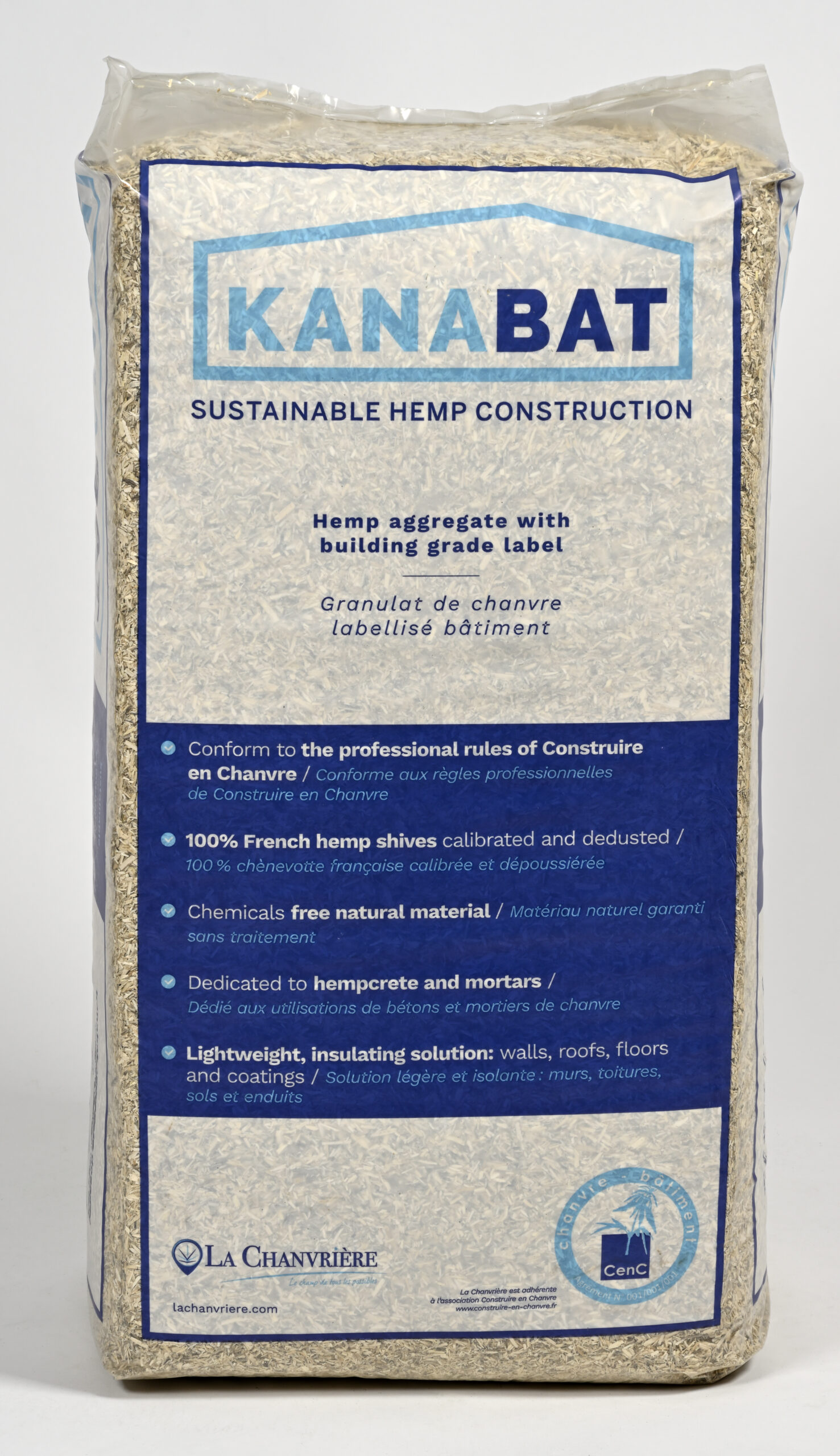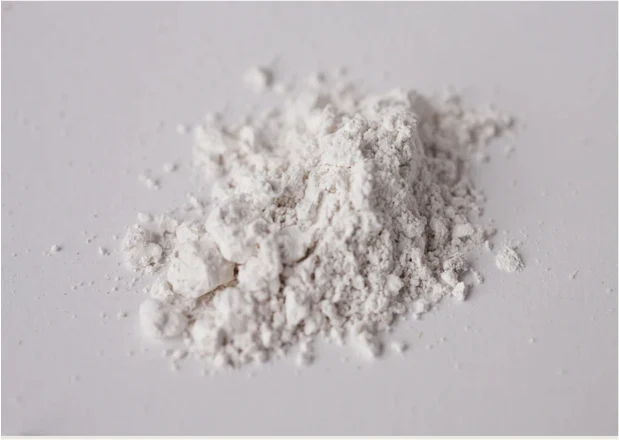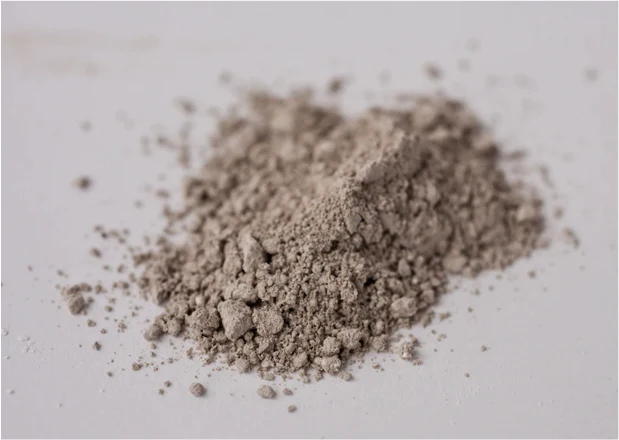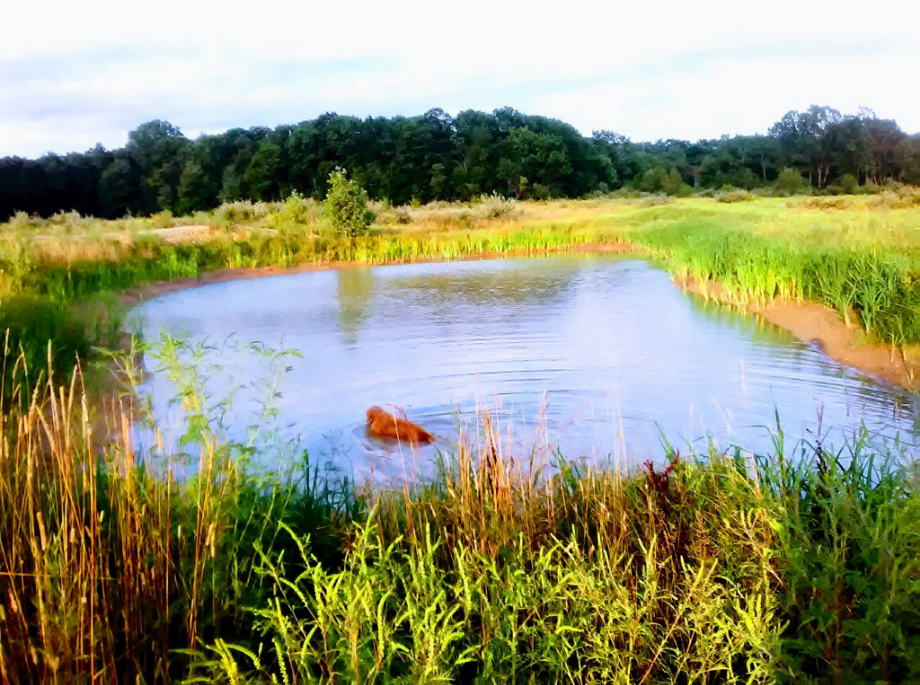Hempcrete is not really a concrete at all, but moreso a wall system, which is highly insulating, but not load bearing. The main benefit of building with hempcrete is that it breathes, and therefore creates a very healthy indoor atmosphere. It replaces traditional drywall, insulation, and siding in one clean installation.
Hempcrete is made by combining some form of natural binder- usually lime based- with a hemp hurd aggregate. This mixture is then usually sprayed or packed over a stick frame.
Hemp hurd can be hard to find, but we have an almost unlimited supply of this material. We can ship to your job site anywhere in North America.
Choosing The Right Hemp Building Materials
- Make sure the material is low in dust. Too much dust can cause wall failures.
- Size: the hemp hurds should be cut to approximately 1/4 – 1/2″ on average.
- There should be no mold, mildew, or excessive moisture.
- You should use only pure hemp hurds which have been decorticated (the stringy fibers should have been completely removed).
- Sub-par products can cause costly failures.
If possible, try to find locally grown hemp hurds that meet all of these standards. But don’t feel bad if you can’t find any. It’s ok to use imported hemp hurds because by doing so you are creating a market for hemp. A market is actually the #1 thing our farmers need, if we want them to grow hemp. Aspiring hemp farmers in America will concur. If you build a house with hemp, you are setting a precedent, and other people will follow your lead. Soon there will be a need for more hemp farmers and more processors! So even using imported hemp hurds contributes to the overall picture of sustainability. Our strategy is to use high quality imported hemp materials to create a network of hemp buyers, and to transition to partnering with local farmers to create local markets. Our supplier in France supports this endeavor, and we are working on setting up partnerships with farmers across America to make this happen.
The benefit of using our imported hemp hurds is that you will have a guaranteed performance and bonding. The Kanabat brand is subject to rigorous standards:
- Stringently Low Dust Level Requirements
- Consistent Particle Size of 1/4 – 1/2″
- Ideal Moisture Content (no mold or mildew)
- Little to no bast fibers (which can interfere with bonding)
- Easy to Use: The consistent 44 lb bags are a simple 1:1 ratio with most limes.
- Evaluated and certified by a third party professional organization in France. This is useful if your building inspector is unfamiliar with hempcrete and wants some kind of guarantee of performance.
Don’t let anything stop you from building! This material is always available.
How to Build with Hempcrete
Building with hemprete is really quite simple. It integrates with conventional construction; the hempcrete is usually packed or sprayed over a regular stick frame.
To make the hempcrete, some kind of natural binder- usually lime- is mixed with hemp hurds which serve as a natural vegetal aggregate.
This mix is then cast over the frame, using either shuttering forms or a sprayer. Here are our favorite styles of mixing and applying hempcrete.
Building with Hydrated Lime & Hemp
Hydrated lime (calcium carbonate) is one of mankinds oldest building materials. It is a living material that can produce an alkaline in-door climate. Once used by the Romans as a base for almost all building materials, it lost its importance and disappeared from the market when cement was invented. Now it is making a comeback!
Hydrated lime has one drawback: it cures (hardens) very slowly. To overcome this challenge, some kind of mineral additive is included in the mix. We use a blend of natural volcanic minerals. Contact us to purchase minerals to use with hydrated lime.
Spray Applied Hempcrete
Americhanvre sells a spray applied hempcrete system called the Ereasy, which has led to a stunning advance in the amount of hempcrete projects completed since 2020.
The Ereasy system is made by Baumer, an artisanal, family-owned masonry company in France who licensed Americhanvre to sell their products in the USA.
Ereasy uses a pre-formulated lime which is also made by Baumer. These limes are also sold by Americhanvre, and are a high quality, natural product.
Click Here To Learn More About Ereasy & Spray Applied Hempcrete
Old School: Building with Hemp and Clay
The most important principle of natural building is to observe what is already around you. Clay is often a common and abundant material, and the advantage of building with hemp and clay, is that clay may be an abundantly available material for you. This was the case for Brian Mogli, our co-founder, and the author. I had eager plans to make the elegant hemp and lime mixes I had seen from others, but I didn’t have any extra money to buy lime. But I did have a big pile of clay that I had piled up years before.
I did some research and found that there were definitely others who had used hydrated clay as a hempcrete binder. This seemed a natural idea to me because I was already familiar with other clay based natural materials like cob and light clay straw (a.k.a. “straw-clay”):
So I did a test. In the summer of 2019 I built a hemp wall in my pole barn and my recipe was simply:
- Kanabat hemp hurds
- Rainwater &
- Hydrated clay
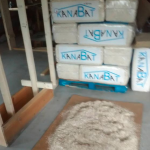
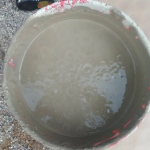
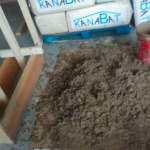
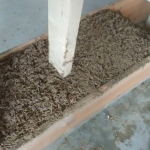
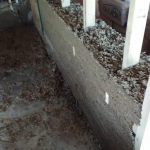
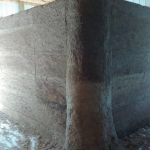
I gathered the clay from the spoils of a pond I had dug, then soaked it in 55 lb barrels, then sifted out the gravel using a bucket hoist system I eventually devised (only after doing it the hard and heavy way for most of the job!), then worked the clay with a painters bit and a drill to soften and loosen it, then dumped it, batch by batch, onto the ground, right next to the wall I was building (which was on a concrete slab) and mixed the clay, hemp hurds, and water together with my feet, batch by batch.
I spent almost the whole summer doing this, and it was a lot of work! I have already thought of a million ways of how I would do it more efficiently next time. At the time of this writing, I have not had the time to attempt a second build, but I plan to! If you are interested in this concept and want help building with hemp and clay, contact us!
Lessons from Building with Hemp and Clay
When using clay binder, you need to watch the drying of the hempcrete much more carefully than you do with hemp and lime. It took me about 2 months to dry the clay completely. Some mold and mushrooms grew on the walls, but when the wall was fully dried, they died and fell off. The wall is now in great shape 4 years later.
My project was built inside of a pole barn, fully protected from the elements. I intend to build another structure from the ground up with hemp and clay. If building from the ground up, an overhang / porch around the entire structure is ideal, to protect the walls from excessive moisture. Hemp Clay is not as tolerant of moisture as Hemp Lime.
Undoubtedly, building with hemp & hydrated clay is more work than using the convenient pre-mixed limes that are available for making hempcrete. For some die-hard naturalists and hemp lovers, the blood sweat and tears will be worth it.
Overall, with all of this being said, I can’t recommend building with hemp and clay enough. The best part could indeed be how good it feels to mix the materials and rub it on your skin! (don’t do this with lime! but hydrated clay is good for your skin ; ) But on a deeper level, the satisfaction of using building materials from your own backyard cannot be overstated! Plus, with proper planning, the clay harvest can have a beneficial ecological impact. Avoid harvesting from virgin ecosystems in a way that causes damage- try to provide an ecological service with your clay harvest. Maybe there is a construction site nearby that needs to dispose of some clay fill. In my case, we dug a pond, which was a part of a greater ecological regeneration / permaculture plan.
If hydrated clay catches on as a hempcrete binder, we could be birthing the creation of ponds and ecological paradises that house the people! A win-win!

